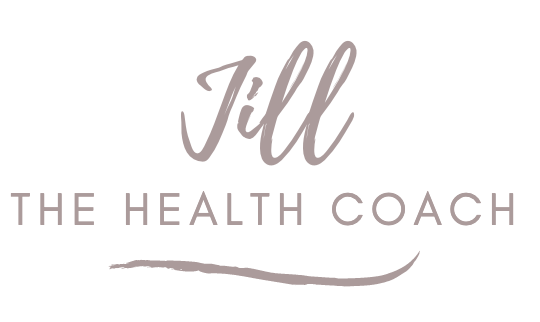The dog days of summer are here! Now more than ever is the time where so many will indulge in America’s favorite frozen treat. However, do you really know what’s in those frozen delights? You may not find them so delightful…
If asked, you would probably say that ice cream is made of heavy cream, milk and sugar. Freeze it and blend it some way and you come up with ice cream. Well, if you look really hard, you may find a few that do use those ingredients, but they still add other fillers and chemicals such as:
Cocoa processed with alkali, maltodextrin, propylene glycol mono-esters, cellulose gel, cellulose gum, cornstarch, calcium phosphate, salt, and soy lecithin. Yuck!
Many use the same chemicals as above and replaced good old natural sugar with high-fructose corn syrup. This chemically processed sugar replacement is linked to obesity, liver and pancreas problems, and can even be contaminated with mercury.
What’s the deal with all of those chemicals if it probably tastes better without them? It all has to do with extending shelf life. Along with using chemicals to extend the life of the ice cream, they use processing methods to make them last longer:
boiling
pressurizing
oxidation
osmotic inhibition
extremely high water pressure
dehydration
mineral removal through chelation
These methods actually leech the taste out of food. So they add chemicals back in to make what they’re selling taste like real food.
The flavors are created by chemists called “flavorists.” They distill flavors from foods before they get packaged, and then combine them with chemical compounds. These potent flavor potions are created to taste like the flavors that were processed out. This is why all processed brand foods consistently taste the same. If they were natural, the flavor would naturally vary as no 2 pieces of fruit, for example, taste exactly the same.
Taste is one thing, but they don’t stop there, they add more chemicals to make them look nicer. What would would vanilla ice cream be if it wasn’t off white? How about strawberry–it would be strange to eat white strawberry ice cream so they add red dye (FD & C red). Yes, the same dyes that have been known to cause hyperactivity and lack of focus.
For you Fro Yo fans, there’s not much difference. They are lower fat. However, if you’ve been a regular Let Us HEALTH You reader, you knwo that fat doesn’t make you fat, sugar does! So, it’s pretty much the same story with ingredients and chemicals for Frozen Yogurt.
How can we still get that frozen goodness?
I have 2 quick and simple alternatives:
Move-Over-Ice-Cream BananaBerry Sorbet:
Serves 2
1/2 cup water
1/2 cup frozen berries-any type (I use organic Berry Supreme from Costco)
1 frozen banana
Blend all together in blender in Nutri Bullet.
The only trick is that you will need to peel a semi ripe banana, put it in a baggie and let freeze for a few hours before using. I always have a few bananas in the freezer at any given time so I have them when the need arises.
Frozen Blueberry Mousse
Serves 1
1 cup blueberries
1 drop stevia (I like Sweet Leaf Sweet Drops)
1 large fresh egg white
Pinch of cream of tartar
Combine the blueberries and stevia in a blender and puree until smooth. With an electric mixer, beat the egg white with the cream of tartar until stiff peaks form. Transfer the blueberry mixture to a bowl, stir in 1/4 of the egg white, and then gently fold in the remaining egg whites. Pour into a small freezer container with a lid and freeze until firm. Partially defrost for 10 minutes and serve.
Enjoy chemical-free summer treats with simple yet delicious ingredients (that you can even pronounce). Yum!
All material in this newsletter is provided for information only and may not be construed as medical advice or instruction. No action or inaction should be taken based solely on the contents of this publication;instead readers should consult appropriate health professionals on any matter relating to their health and well-being. The information provided has not been approved the Food & Drug Administration and is not intended to diagnose, treat, cure, or prevent any illness or disease.


